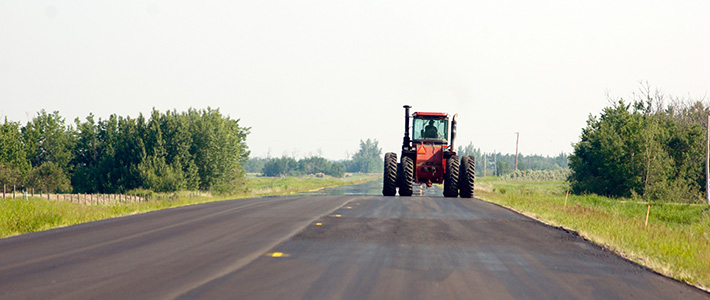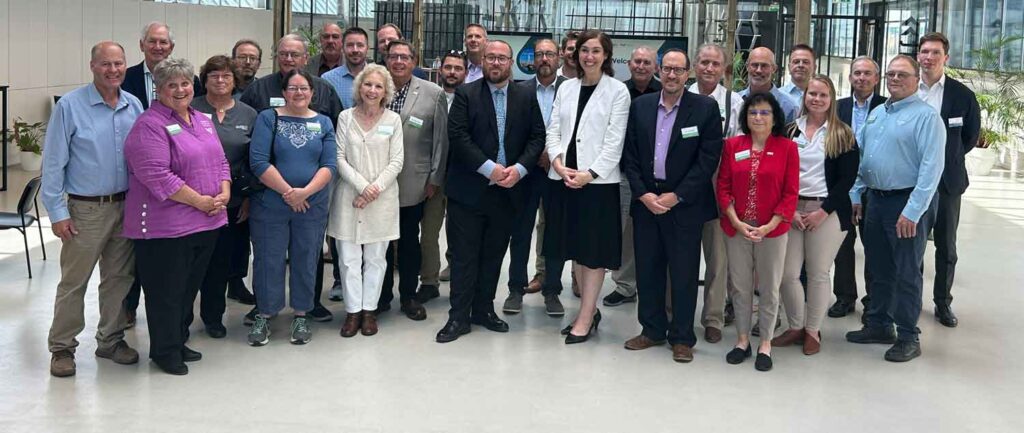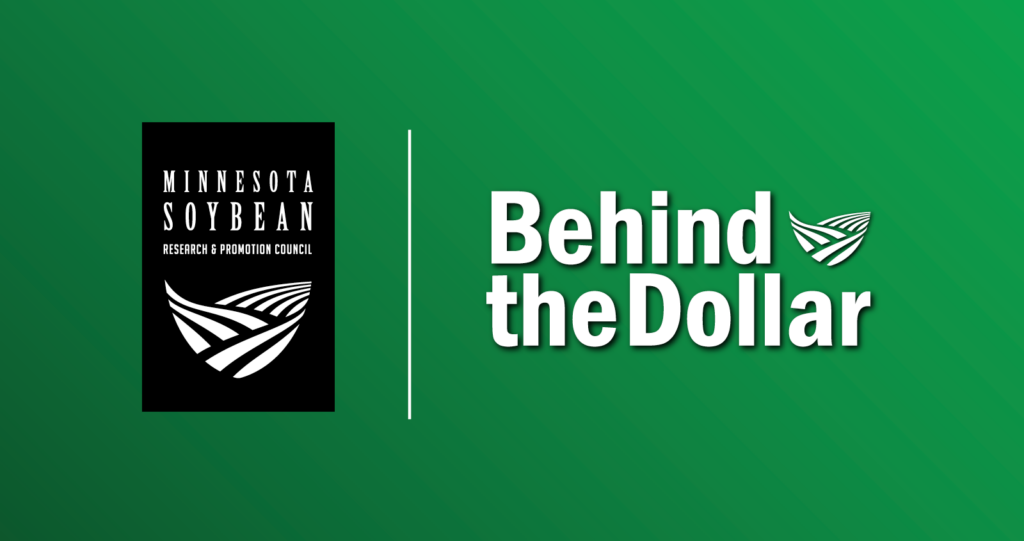A checkoff-centric Q&A with Minnesota Soybean Research & Promotion Council (MSR&PC) Director Cole Trebesch, who served as chair from 2019-2021.
Read below to find out his thoughts on the Council’s Behind the Dollar initiative.
This interview has been edited for length and clarity.
Q: Give us a quick background on your farm.
Cole Trebesch: I farm west of Sleepy Eye, with my parents and my sister. We grow soybeans, corn and then we custom feed hogs, and we have a few cattle.
Q: What region of the state do you represent on the Minnesota Soybean Research & Promotion Council? How long have you been on the board?
CT: I represent District 8 and I’m just starting my 10th year.
Q: Why did you decide to run for the Minnesota Soybean Research & Promotion Council?
CT: I was on the Minnesota Soybean Growers Association side for seven years, and then when Richard Wurtzberger retired from the Council, I decided to run for his spot. I always liked the relationship between the two boards and how they work together. I just thought I’d try the other side.
Q: Why do you feel the checkoff is critical to Minnesota’s soybean farmers?
CT: I think the checkoff allows us to look at new ways to advance, not only the economics, but also the different new uses for our product, and working with other countries to hopefully get new markets in places like Uzbekistan. I think having the checkoff allows you to take risks without some of the risk.
Q: How does the board ensure checkoff dollars are invested responsibly?
CT: We put out Requests for Proposals for the different types of projects we’re looking for. We review the projects, vet them and then go ahead and select the ones that we think have the most potential. Not everything works out, but we do the best we can. I think overall, we’ve been pretty successful.
Q: What project(s) are you most proud of that you have seen since being on the board?
CT: I think the Uzbekistan one is kind of an exciting project. I’m not really involved with that one, but it seems like it has some potential. The new uses with the Goodyear tires or the Skechers shoes are fun ones because you can show how it’s impacting the general public, not just the farmers. These projects show how our products are in a lot more than just food.
Q: Many checkoff investments are made to impact our future growers. What are some checkoff-supported projects coming down the pipeline that you’re excited about?
CT: The firefighting foam (SoyFoam) will be exciting. I think it has a lot of potential. I think it’s exciting one to be part of.
Q: What do you think the biggest misconception other farmers have about the soy checkoff program? How would you respond to their concerns?
CT: I know there’s negative comments out there. I don’t really pay a lot of attention to them. When we were starting biodiesel, there were a lot of negatives about that, but I think most of that’s been straightened out and some people, you’re just never going to change their mind.
Q: Where can another farmer go to get more information on how their dollars are being spent?
CT: They can go on our social media pages, or they can talk to me. The checkoff does a lot with the University of Minnesota, as well as doing more with South Dakota and North Dakota universities, so talking to Extension agents about some of the projects that we’re working on is a good resource, too.







